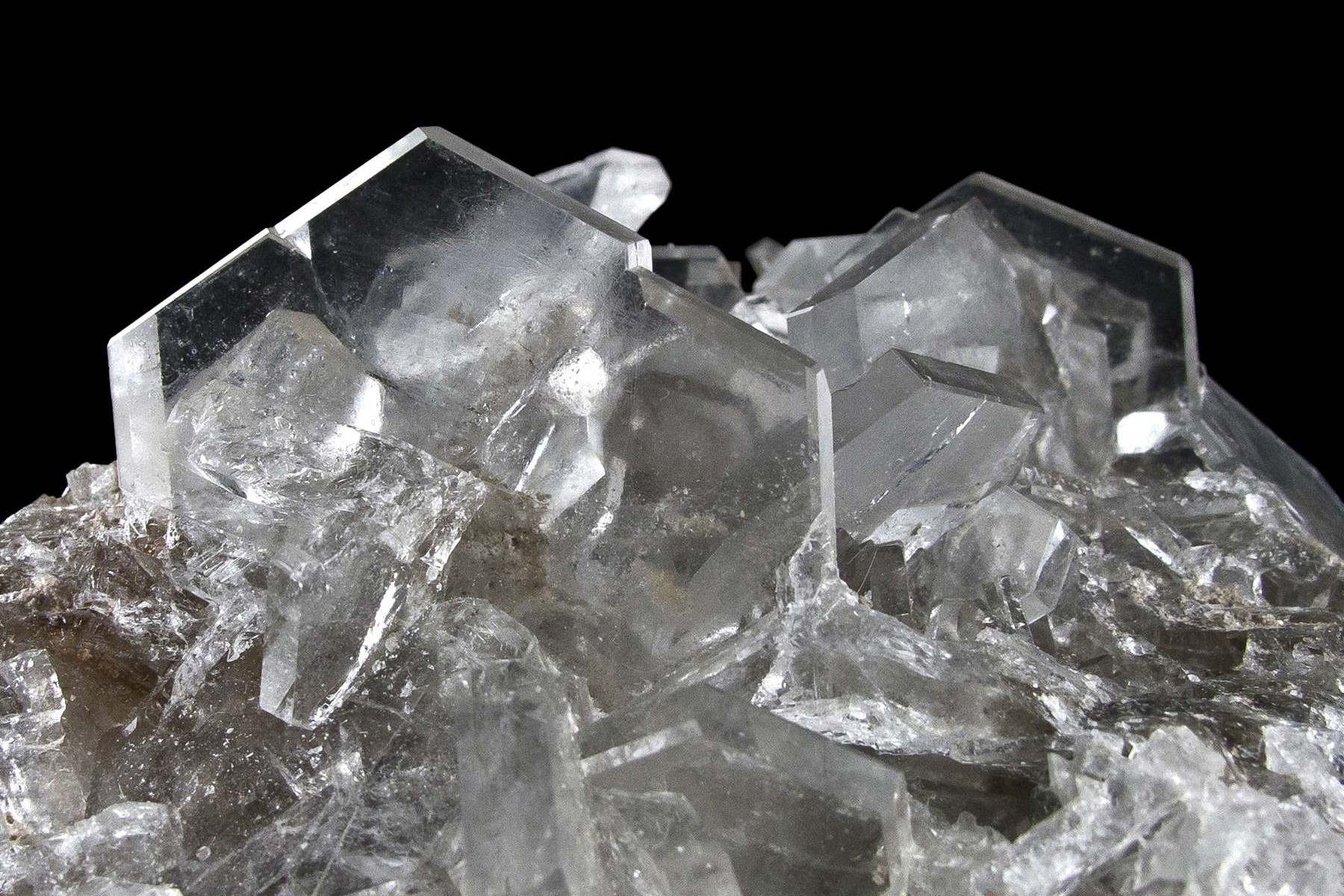
Aphthitalite might sound like a tongue-twister, but this mineral holds some intriguing secrets. Found in volcanic regions, it’s a sulfate mineral composed of potassium and sodium. Aphthitalite often appears as colorless or white crystals, though it can also show shades of blue or green. This mineral forms in environments rich in sulfur and potassium, typically near fumaroles or hot springs. Aphthitalite is not just a pretty face; it has practical uses too. It’s utilized in fertilizers and sometimes in the glass industry. Ready to learn more? Here are 35 facts that will make you an Aphthitalite expert!
Key Takeaways:
- Aphthitalite is a fascinating mineral found in volcanic regions and evaporite deposits. It has unique properties and is used in fertilizers, glass production, and even studied for carbon capture technologies.
- This mineral, with a name meaning "indestructible," has been found in various countries, including Italy, the United States, Japan, and Russia. It forms hexagonal crystals and has uses in the chemical, pharmaceutical, and explosive industries.
What is Aphthitalite?
Aphthitalite, also known as potassium sodium sulfate, is a fascinating mineral with unique properties and a rich history. Let's dive into some intriguing facts about this mineral.
-
Aphthitalite is a sulfate mineral composed of potassium and sodium sulfate.
-
The mineral's name comes from the Greek word "aphthitos," meaning indestructible.
-
It was first described in 1835 by the German mineralogist Johann Friedrich August Breithaupt.
-
Aphthitalite is typically found in volcanic fumaroles and as a sublimation product in volcanic regions.
-
It can also form in evaporite deposits, which are sedimentary rocks formed by the evaporation of water.
-
The mineral is usually colorless or white but can also appear in shades of gray, yellow, or green.
-
Aphthitalite has a glassy luster, giving it a shiny appearance.
-
It has a hardness of 2.5 to 3 on the Mohs scale, making it relatively soft.
-
The mineral is soluble in water, which means it can dissolve when exposed to moisture.
-
Aphthitalite has a hexagonal crystal system, meaning its crystals form in a six-sided structure.
Where is Aphthitalite Found?
Aphthitalite can be found in various locations around the world, often in regions with volcanic activity or evaporite deposits.
-
Significant deposits of aphthitalite have been found in Italy, particularly around Mount Vesuvius.
-
It is also found in the United States, especially in California and Utah.
-
Japan has notable occurrences of aphthitalite, particularly in volcanic areas.
-
The mineral is present in Chile, often associated with the country's extensive volcanic regions.
-
Russia also has deposits of aphthitalite, particularly in the Kamchatka Peninsula.
-
Aphthitalite can be found in Turkey, especially in areas with geothermal activity.
-
Mexico has occurrences of the mineral, particularly in volcanic regions.
-
Iceland is another location where aphthitalite can be found, thanks to its volcanic landscape.
-
The mineral is also present in Greece, particularly in areas with evaporite deposits.
-
Spain has deposits of aphthitalite, often associated with its salt flats and evaporite formations.
Uses of Aphthitalite
While aphthitalite might not be a household name, it has several interesting applications and uses.
-
Aphthitalite is used in the manufacture of fertilizers due to its potassium content.
-
It is also used in the production of glass and ceramics.
-
The mineral can be used as a flux in metallurgy, helping to lower the melting point of metals.
-
Aphthitalite is sometimes used in the chemical industry for various applications.
-
It has been studied for its potential use in carbon capture and storage technologies.
-
The mineral is also of interest to geologists and mineralogists for its unique properties and formation processes.
-
Aphthitalite can be used in the production of alum, a compound used in water purification and as a mordant in dyeing.
-
It is sometimes used in the pharmaceutical industry for certain applications.
-
The mineral can be used in the production of explosives due to its oxidizing properties.
-
Aphthitalite is also of interest to collectors and enthusiasts for its unique appearance and properties.
Interesting Facts About Aphthitalite
Beyond its uses and locations, aphthitalite has some fascinating characteristics and trivia.
-
Aphthitalite can form pseudomorphs, where it replaces another mineral while retaining the original mineral's shape.
-
The mineral can sometimes be found in association with other sulfates like thenardite and mirabilite.
-
Aphthitalite has been found in meteorites, indicating its presence beyond Earth.
-
It can form efflorescences, which are crystalline deposits that appear on the surface of rocks or soil.
-
Aphthitalite's unique properties make it a subject of study in volcanology and geochemistry.
The Final Word on Aphthitalite
Aphthitalite, a fascinating mineral, holds more than just scientific interest. Its unique properties and historical significance make it a subject worth exploring. From its chemical composition to its role in various industries, aphthitalite offers a glimpse into the intricate world of minerals. Whether you're a geology enthusiast or just curious, understanding aphthitalite can deepen your appreciation for the natural world.
Remember, this mineral isn't just a collection of elements; it's a piece of Earth's history. Next time you come across a mineral exhibit or read about geological formations, think about the role minerals like aphthitalite play. They tell stories of our planet's past and contribute to its present. Keep exploring, stay curious, and let the wonders of minerals like aphthitalite inspire you.
Frequently Asked Questions
Was this page helpful?
Our commitment to delivering trustworthy and engaging content is at the heart of what we do. Each fact on our site is contributed by real users like you, bringing a wealth of diverse insights and information. To ensure the highest standards of accuracy and reliability, our dedicated editors meticulously review each submission. This process guarantees that the facts we share are not only fascinating but also credible. Trust in our commitment to quality and authenticity as you explore and learn with us.


